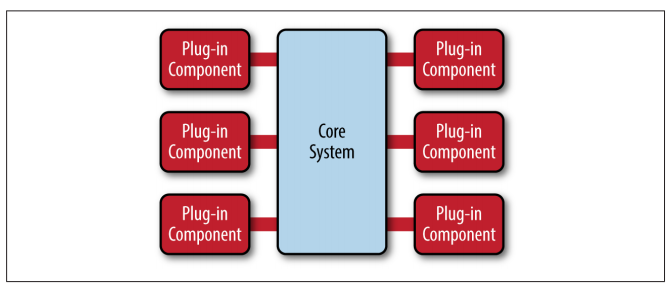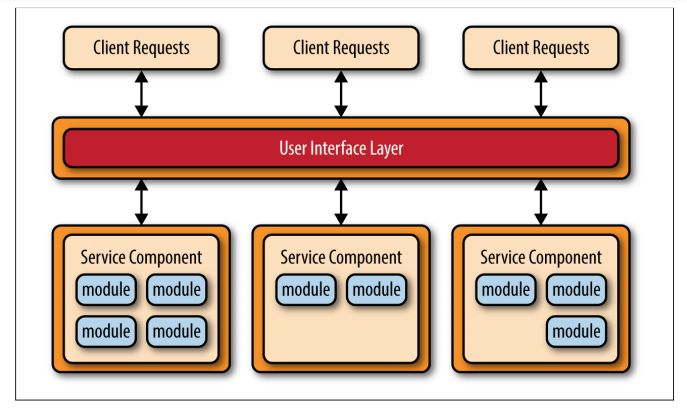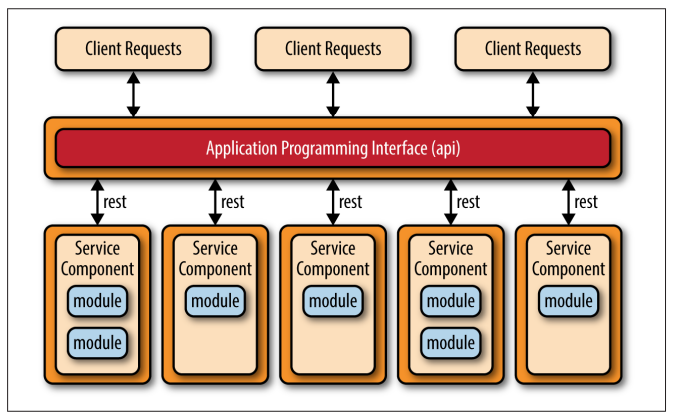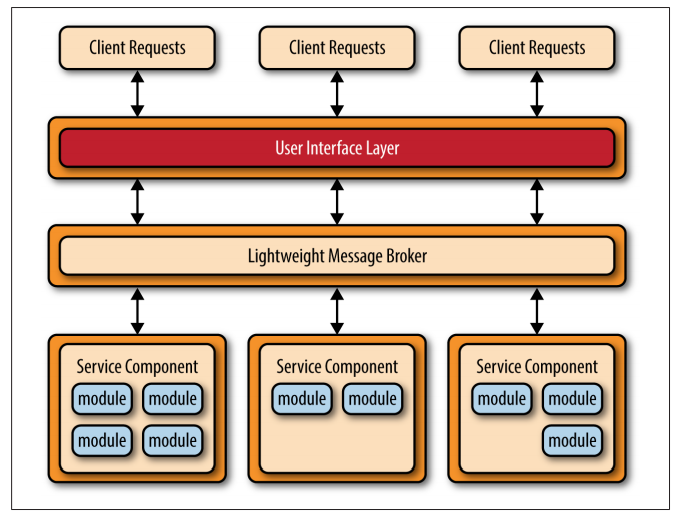...
The microkernel architecture pattern allows you to add additional application features as plug-ins to the core application, providing extensibility as well as feature sep‐ aration and isolation.
The core system needs to know about which plug-in modules are available and how to get to them. One common way of implementing this is through some sort of plug-in registry. This registry contains information about each plug-in module, including things like its name, data contract, and remote access protocol details (depending on how the plug-in is connected to the core system).
...
Example: Perhaps the best example of the microkernel architecture is the Eclipse IDE. Downloading the basic Eclipse product provides you little more than a fancy editor. However, once you start adding plug-ins, it becomes a highly customizable and useful product.
Considerations
Scalability Rating: Low Analysis: Because most microkernel architecture implementa‐ tions are product based and are generally smaller in size, they are implemented as single units and hence not highly scalable. Depending on how you implement the plug-in modules, you can sometimes provide scalability at the plug-in feature level, but overall this pattern is not known for producing highly scala‐ ble applications.
...
- separately deployed units
- distributed architecture, meaning that all the components within the architecture are fully decoupled from one other and accessed through some sort of remote access protocol (e.g., JMS, AMQP, REST, SOAP, RMI, etc.)
Service components contain one or more modules (e.g., Java classes) that represent either 27 a single-purpose function (e.g., providing the weather for a specific city or town) or an independent portion of a large business application (e.g., stock trade placement or determining auto-insurance rates). Designing the right level of service component granularity is one of the biggest challenges within a microservices architecture.
Api - REST Based Topology
The API REST-based topology is useful for websites that expose small, self-contained individual services through some sort of API (application programming interface).
Centralized Messaging Topology
Another common approach within the microservices architecture pattern is the centralized messaging topology. This topology (illus‐ trated in Figure 4-4) is similar to the previous application RESTbased topology except that instead of using REST for remote access, this topology uses a lightweight centralized message broker (e.g., ActiveMQ, HornetQ, etc.). It is vitally important when looking at this topology not to confuse it with the service-oriented architecture pattern or consider it “SOA-Lite." The lightweight message broker found in this topology does not perform any orchestration, transfor‐ mation, or complex routing; rather, it is just a lightweight transport to access remote service components.
Considerations
Performance Rating: Low Analysis: While you can create applications implemented from this pattern that perform very well, overall this pattern does not naturally lend itself to high-performance applications due to the distributed nature of the microservices architecture pattern.
Space-Based Architecture
References
| Reference | URL |
|---|---|
| Software Architecture Patterns | https://github.com/gg-daddy/ebooks/blob/master/software-architecture-patterns.pdf |
...



